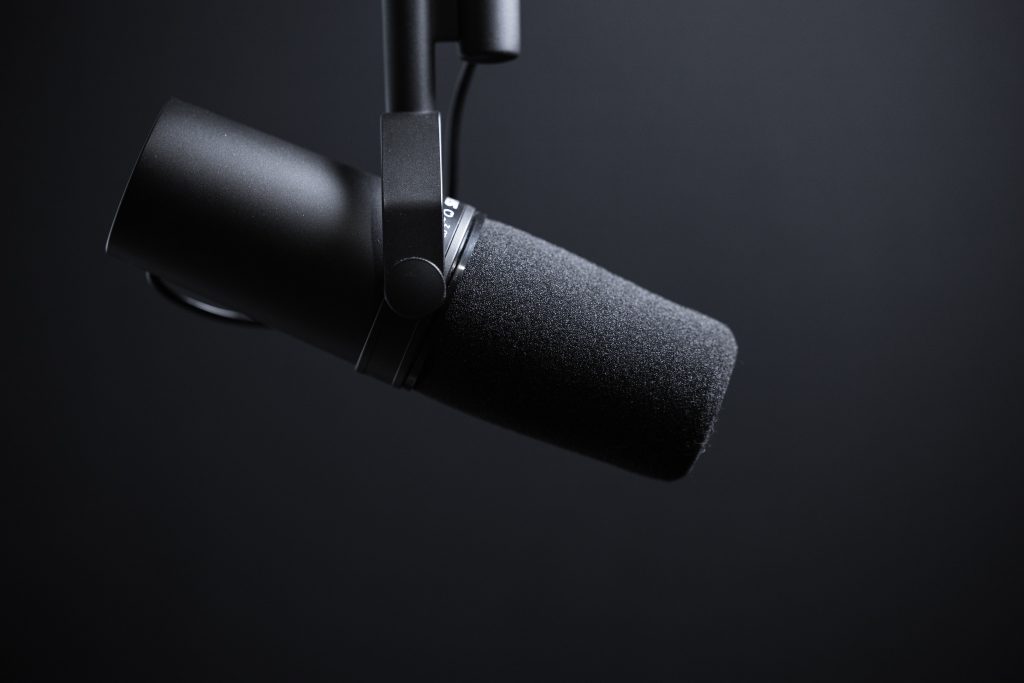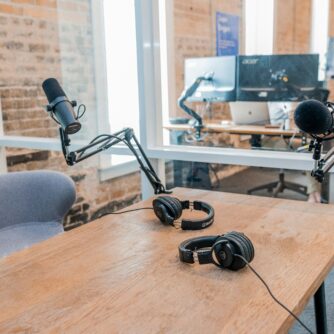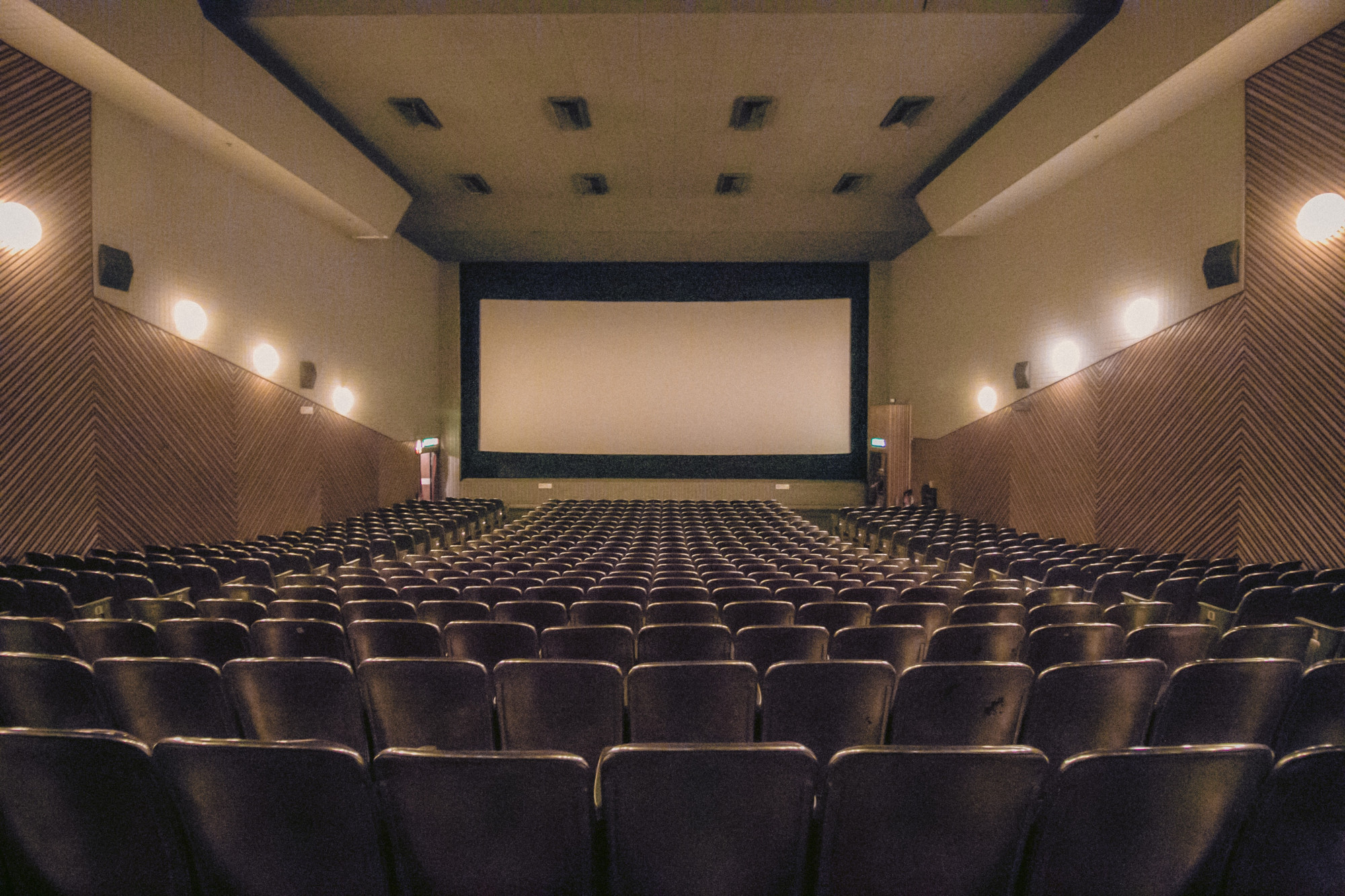Podcasting provides a unique opportunity to connect and collaborate with people from around the world. While traditional podcast setups often involve hosts and guests recording together in the same location, it’s becoming increasingly common to record podcasts with individuals in different geographic locations. Whether you’re working with co-hosts, guest speakers, or interviewees, recording a podcast remotely can be a seamless and efficient process if you follow the right steps. In this blog post, I’ll talk through the essential steps to successfully record a podcast with people in different locations.
I’m talking in broad terms about best practices. I’ll have another post in the future talking about the plethora of remote recording options out there.
Choose the Right Communication Platform
Selecting a reliable and user-friendly communication platform is crucial for remote podcast recording. Consider platforms like Zoom, Skype, or SquadCast that offer high-quality audio and video capabilities. These platforms allow you to connect with your co-hosts or guests in real-time, ensuring clear communication during the recording session. Explore their features and choose the platform that best suits your needs and preferences.
Test and Optimize Audio Quality
Before starting the actual recording, it’s important to test and optimize the audio quality for all participants. Ensure that everyone has a decent microphone and headphones to minimize background noise and echo. Encourage your co-hosts or guests to find a quiet location for recording, preferably with minimal ambient noise. Conduct a quick audio test to confirm that everyone’s audio levels are balanced and clear.
Plan and Share an Outline in Advance
To maintain a smooth flow during the recording session, it’s essential to plan and share an outline or agenda with all participants beforehand. Collaboratively determine the topics, questions, or segments you’ll cover in the episode. This ensures that everyone is on the same page and can contribute effectively. Share the outline in advance, allowing participants to prepare their thoughts or research if needed.
Establish Clear Communication and Turn-Taking
Remote podcast recording requires clear communication and turn-taking to avoid talking over each other. Remind participants to be mindful of their speaking pace and allow slight pauses between responses. Designate a virtual cue, such as raising a hand or using a specific phrase, to indicate when someone wants to speak. This helps maintain a natural conversational rhythm and prevents audio overlap.

Record Locally for Better Audio Quality
To enhance audio quality, request that all participants record their audio locally on their individual devices while simultaneously participating in the virtual recording session. This is commonly known as a “double-ender” recording. Each participant can use recording software like Audacity, GarageBand, or Adobe Audition to capture their own audio track. After the session, participants can share their local audio files for better sound quality during post-production.
Use Backup Recording Options
While recording locally provides better audio quality, technical issues can still occur. To avoid losing an entire episode due to a single recording failure, consider implementing backup recording options. Some communication platforms allow for built-in backups, or you can use separate recording software as a backup. This ensures that you have multiple sources of audio in case of any unexpected glitches.
Edit and Enhance the Recording
Once the remote recording is complete, it’s time to edit and enhance the recording. Edit out any mistakes, pauses, or irrelevant sections to create a polished final episode. Pay attention to audio levels, add intros, outros, music, or sound effects as necessary. Use audio editing software like Audacity or Adobe Audition to refine the audio quality and produce a professional-sounding podcast episode.
Communicate and Promote the Episode
After editing and finalizing the episode, communicate with your co-hosts or guests about the release date and provide them with any promotional assets or links. Encourage participants to share the episode on their social media platforms, personal websites, or newsletters to maximize the reach and engagement.
Recording a podcast with people in different locations is a convenient and efficient way to create engaging content while connecting with individuals from around the world. By choosing the right communication platform, optimizing audio quality, planning in advance, establishing clear communication, recording locally, using backup options, and enhancing the recording during post-production, you can ensure a seamless and high-quality podcasting experience. Embrace the opportunities that remote podcast recording offers and enjoy the collaboration with individuals regardless of their geographic location.
If you have an idea for a podcast, I can help you turn it into a reality.
If you already have a podcast… Every day I send out stories and ideas to various radio hosts and podcasters that I work with. Some of them get used, some of them don’t. But I figured why not let you have a few of them? Sign up for my email newsletter The News Sidequest







